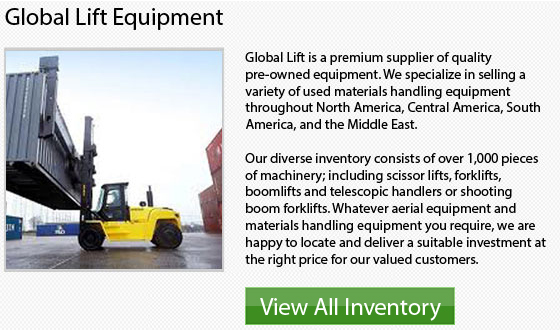
Inspect a Forklift
OSHA and HRSDC report that over 10,000 workplace injuries connected to fork lifts occur every year. Driver error is the reason for many of these accidents. Lack of proper equipment inspection and maintenance causes numerous others. Forklift maintenance and operation is not just the reason for personal injuries, but also of damage to property. Forklifts can damage overhead pipes, sprinklers and building structures, and other machinery when utilized wrongly. The following day by day check ups must be done so as to lessen the possibility of forklift accidents.
Turn the engine off before checking various fluid levels: engine oil, fuel, hydraulic oil, coolant and brake fluid. The tires should be checked for signs of wear and tear. Check the tire air pressure. Check the condition of the forks. The load backrest should be firmly attached. Do a visual inspection of the top-clip retaining heel and pin. After that carry out an inspection of the hydraulic hoses, mast chains, stops and cables. Ensure that the finger and overhead guards are attached securely.
The LP powered forklift has propane tanks that have to be inspected for corrosion, damage or rust. The battery's charge and electrolyte levels need to be tested every so often. Seat belts need to be checked for wear and tear. Check to make sure the owner's guidebook is kept on-board the forklift in a storage compartment. Check the seat belt to make certain the latches are secure. Test the hood latch to ensure it is functioning as it should.
To make sure there are no unusual engine sounds, start the engine up and listen for any irregularities. If there are, investigate immediately. Test the accelerator and the steering controls. The service brake and the parking break must be properly functioning.
The tilt control and drive control should be checked to guarantee proper functioning in both reverse and forward. Check the functioning of the lowering control and hoist, and the attachment control. Test the horn and lights. Then check the heater, defroster and wipers to make certain they are working smoothly. Inspect every gauge to ascertain that it is reading within functional limits.